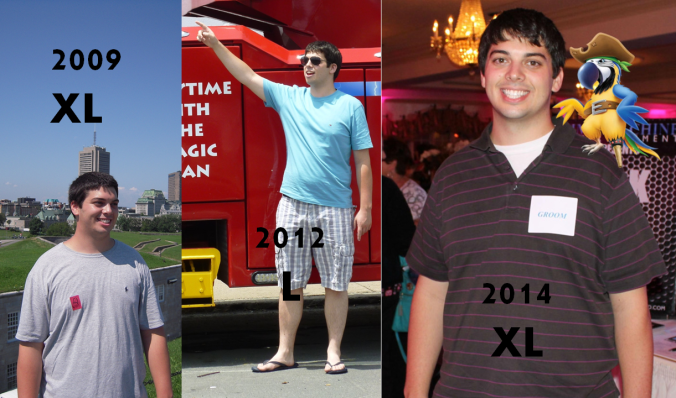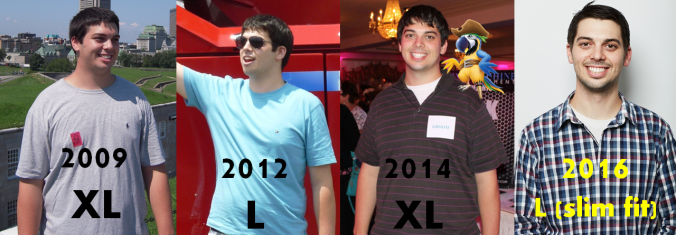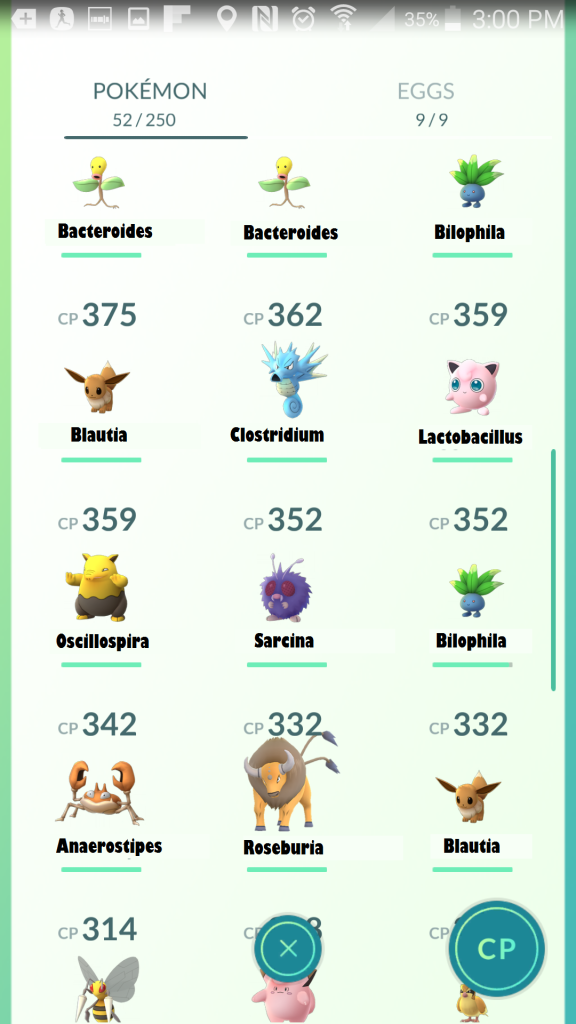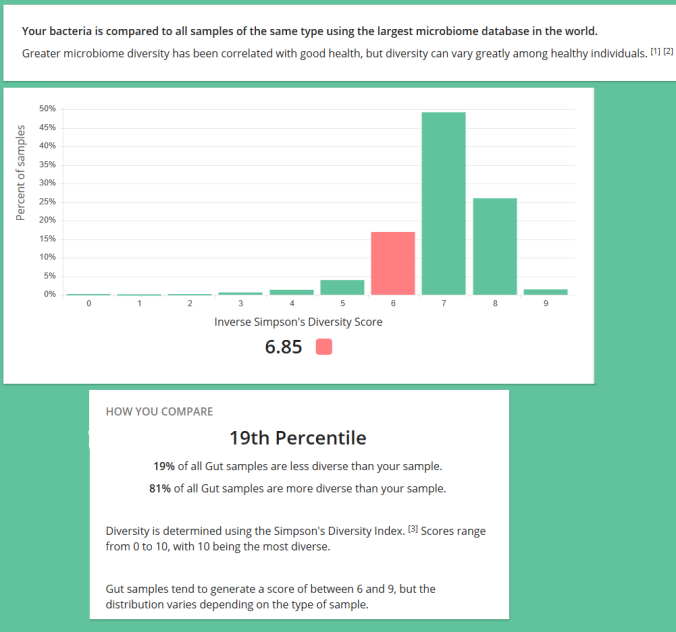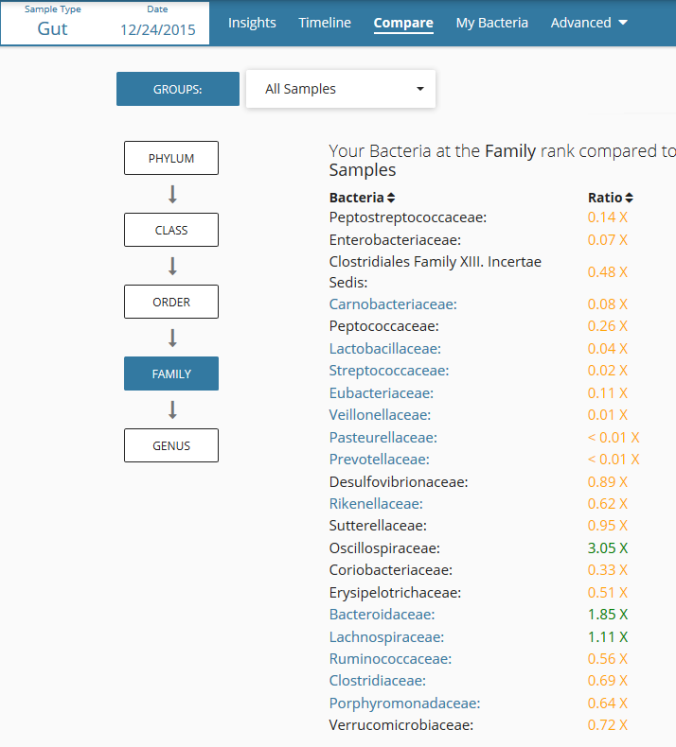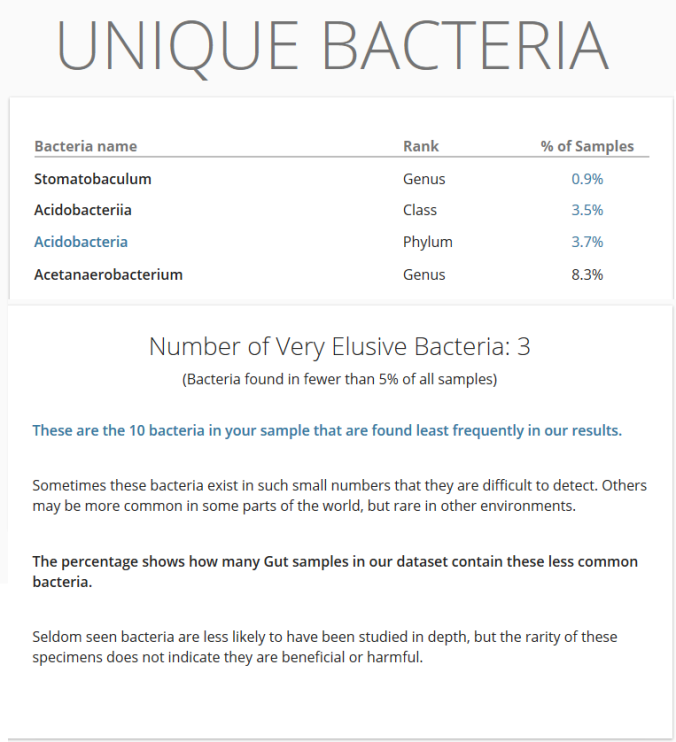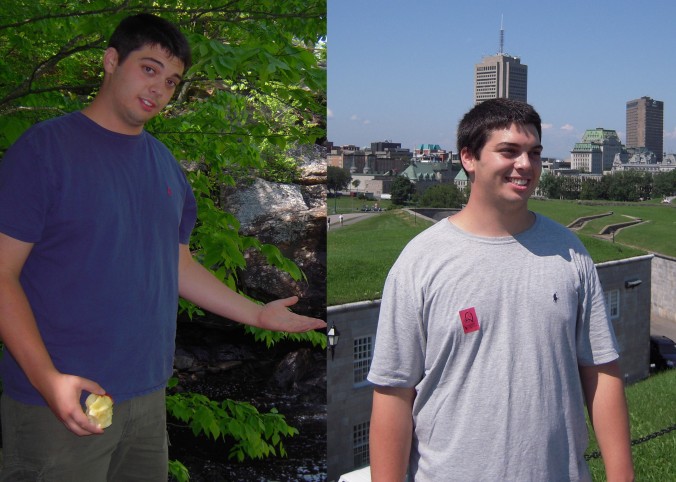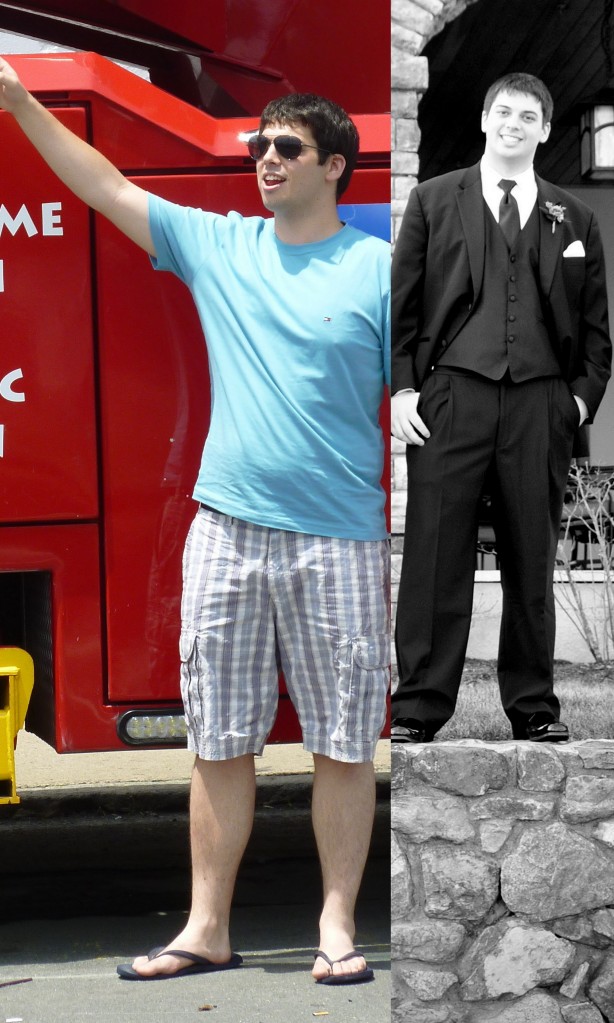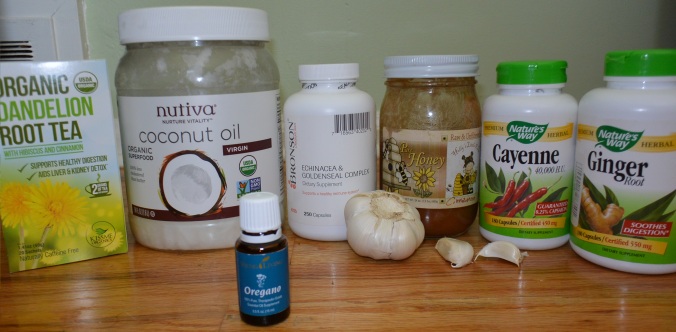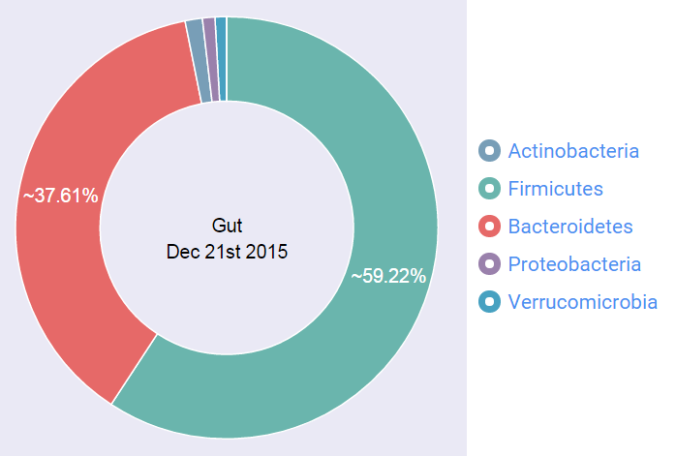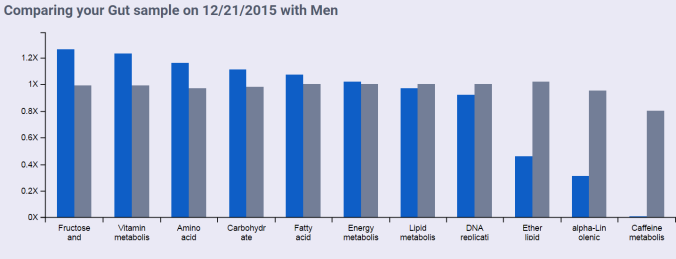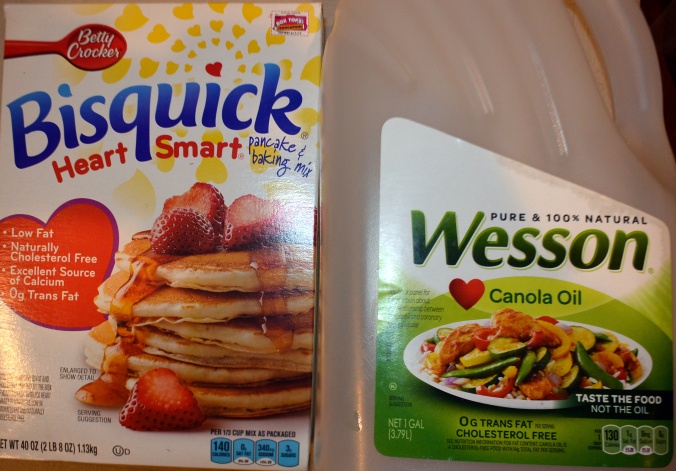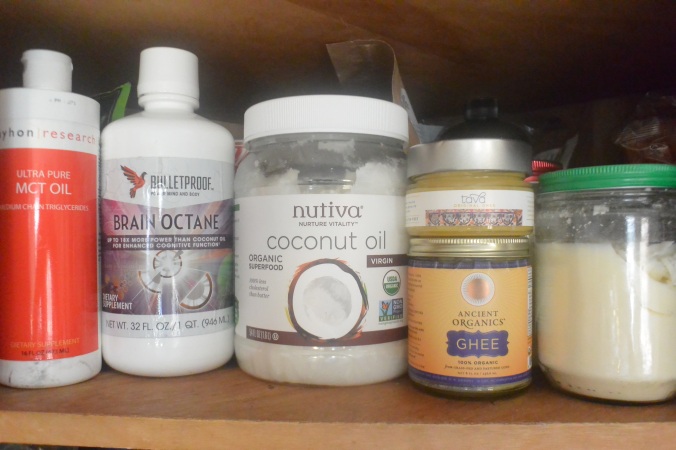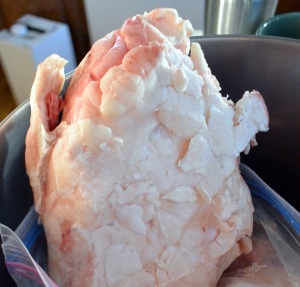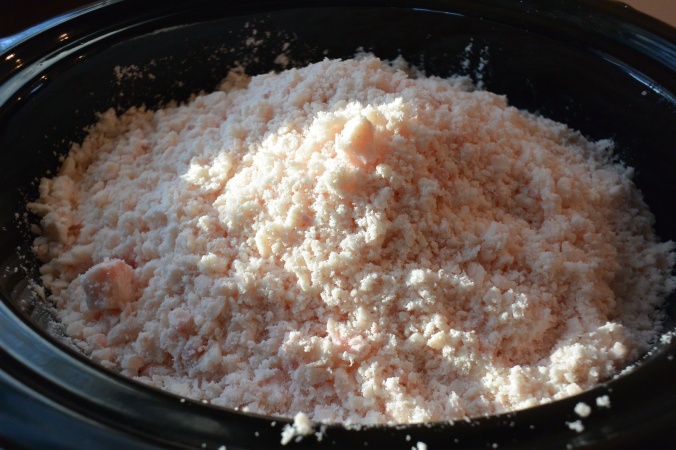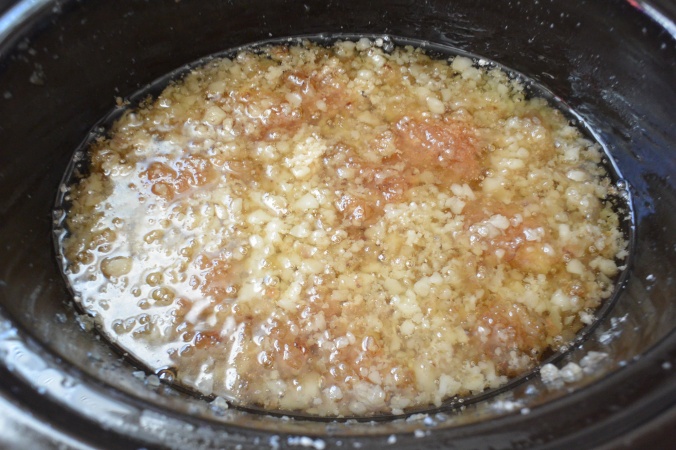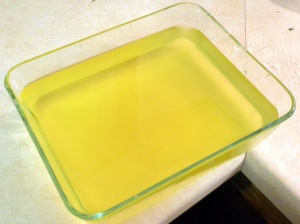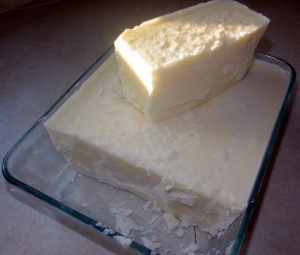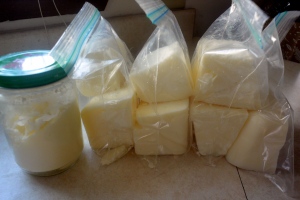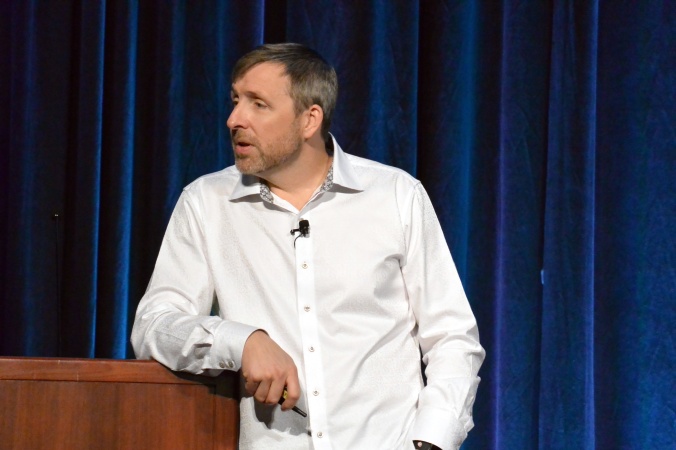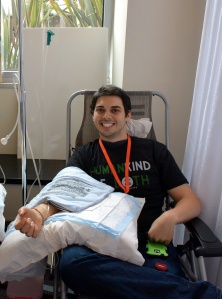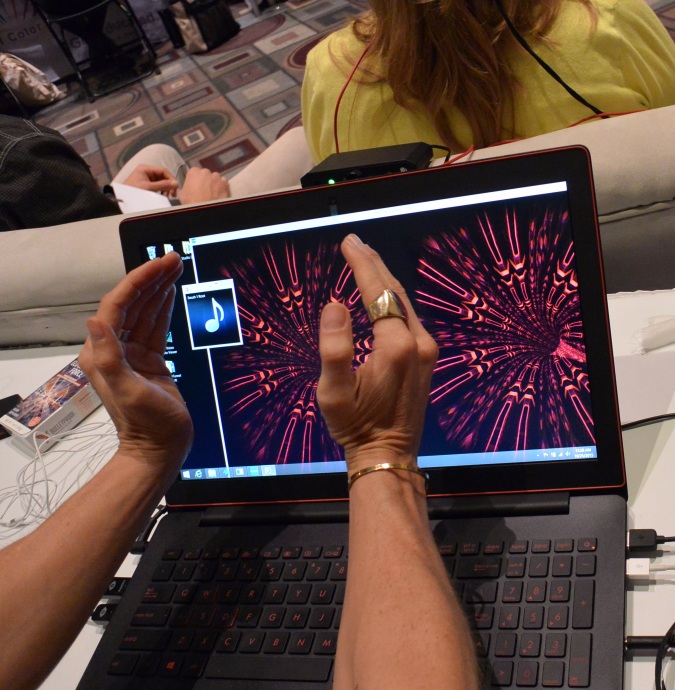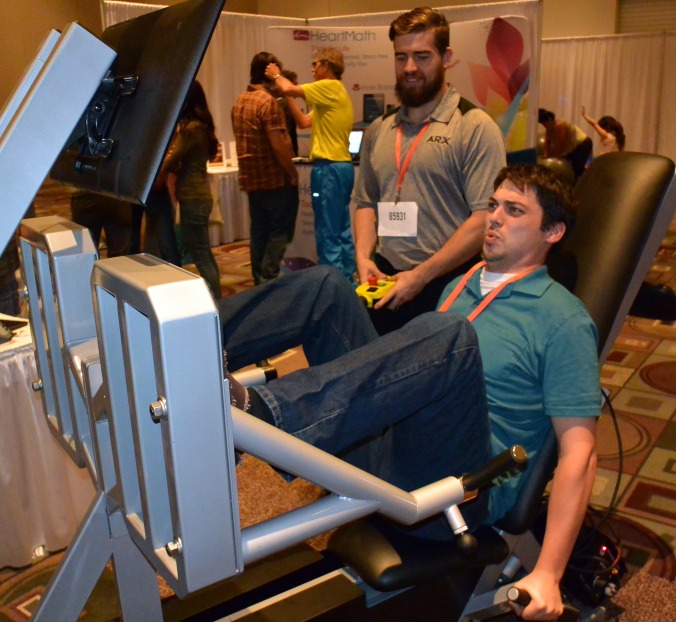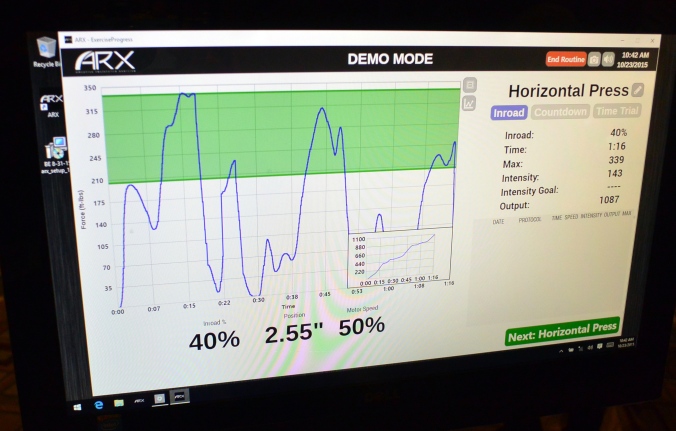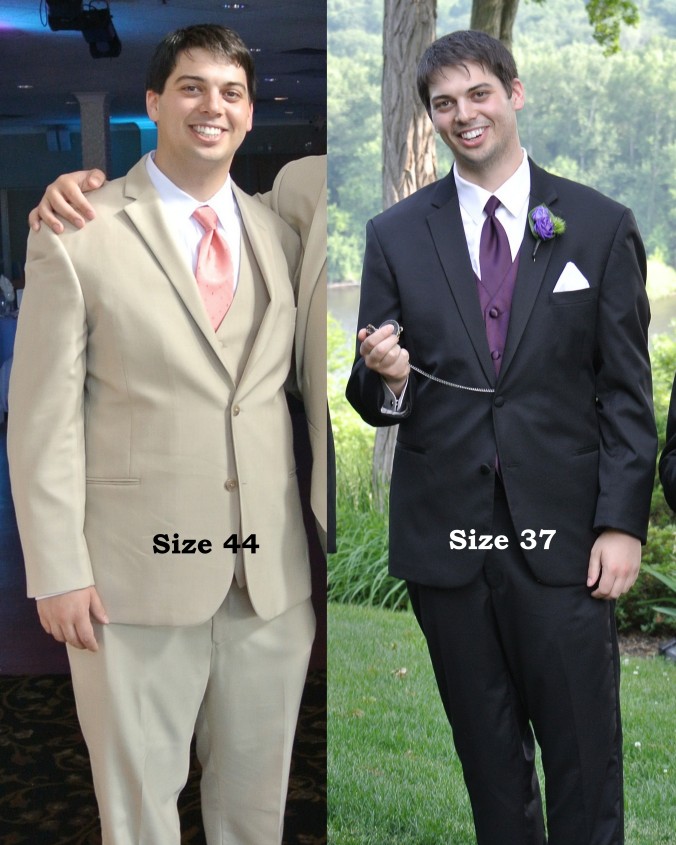Although I think my results with UBiome have been very interesting, I still think there is a lot more to be learned from my gut! Especially as I dive deeper into the research, more and more parrallels are drawn between gut health and ilnesses of the modern era!
After learning about Viome at the Bulletproof Biohacking Conference of 2017, I thought this might be a tool to tell me if there are any nasties hanging out in my gut, or if there is a particular deficiency that I can work on.

Viome also boasts many other features such as the metabolic activitiy of your critters in your gut, and will even provide recommendations about foods that your particular gut critters prefer! To continue my Pokemon analogy from my Ubiome posts, Ubiome only provided me the names of the Pokemon in my gut, but told me little about thier strengths and weaknesses, abilities, or how to use them best in my team. Viome promises to tell me more along those lines!
The day before my Viome test was a pretty typical diet day for me. I had coffee with half and half in the morning. Lunch was a large salad with eggs and Kerrygolds cheddar cheese drizzled in olive oil and salt. Dinner was liver and onions, potatoes, cauliflour, and bacon – covered in Kerrygolds butter. My before-bedtime snack was Gold Nugget Ghee’s Chocolate Honey Ghee, yum! I took a few supplements including magnesium, l-theanine, lions mane, and trace minerals.The only slightly gut-disrupting thing I ate yesterday might be the bacon. I last had antibiotics about 5 months ago, so the effects of that should be subsided.
Collection is simple and similar to that of UBiome. You catch your normal stool in a convient toilet bag that is provided in the kit, then take a small scoop with the spoon and put it in the tube also all provided. Shake for a small period, then you are done! You ship it back to them in the pre-addressed package and wait for results.
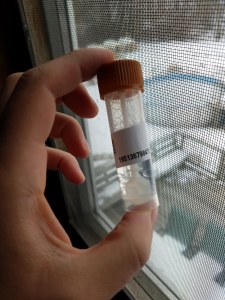
The second part of the testing is the Metabolic health kit that comes. The main part is a blood sugar test and challenge. They provide a blood-glucose meter and a pouch of pure glucose/sugar for the test. The idea is to take a baseline reading of blood glucose, drink this powder of pure sugar, then re-measure blood-glucose at defined time periods afterwards.
Results:
Viome provides some overall scores for health, which are nice, but do not really dive into much details. I would even argue against my “good” scores for gut health and metabolic health, as we will see I need to follow a diet restricted of carbohydrates (which I have been doing), so that tells me I don’t have metabolic or gut flexibility.
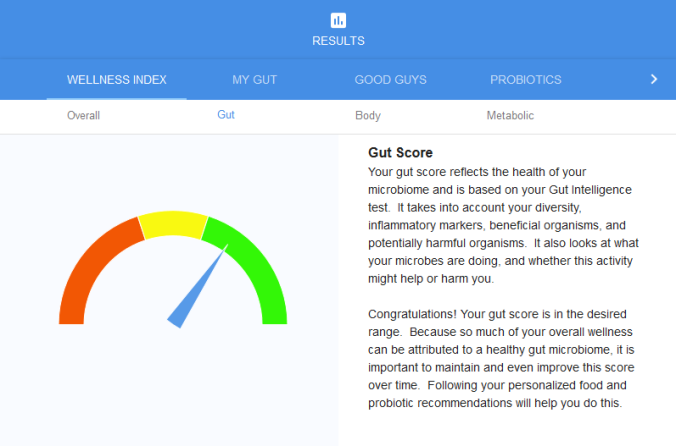
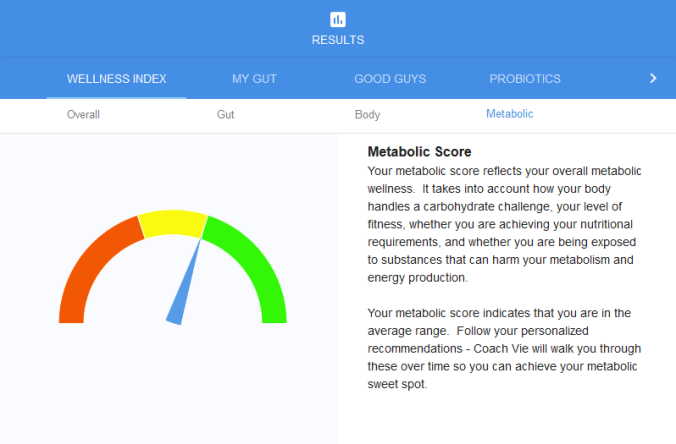
I am going to skip over the individual bacteria for this post, and jump right into the diet recommendations. As I mentioned, the diet recommendations are the extra sauce that Viome offers over UBiome, and the recommendations are based on my metabolic measurements and gut analysis.
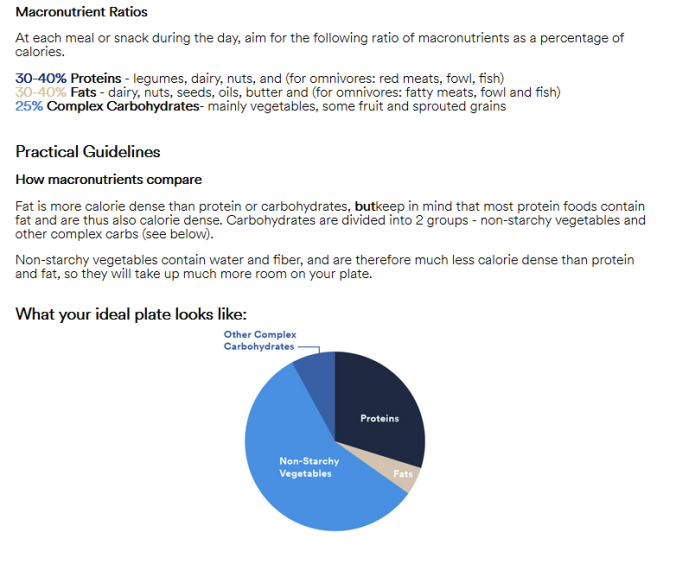
We can see that my macronutrient ratio is very low-carb, moderate protein, and even Bulletproof! The only carbohydrates that they reccomend are non-starchy vegetables or very-fiberous complex carbohydrates like Wild Rice.
As I have been following the low-carb Bulletproof diet for several years now, this is a very reinforcing result that I have been following the correct diet! I think the biggest tweak I will make is to add in more proteins to my diet. Viome recommends that most animal protiens are ideal for me, with my “indulge” proteins being white chicken meat and game meat.
Viome offers more specific food breakdowns and categorize them in terms of “Indulge”, “Enjoy”, and “Minimize”. These are straighforward categories and make for a very easy shopping list if someone is looking to follow thier diet recommendations. They take some of the top “indulge” foods and will list them separatly as your “superfoods”, but there are more as you dig through the full lists!
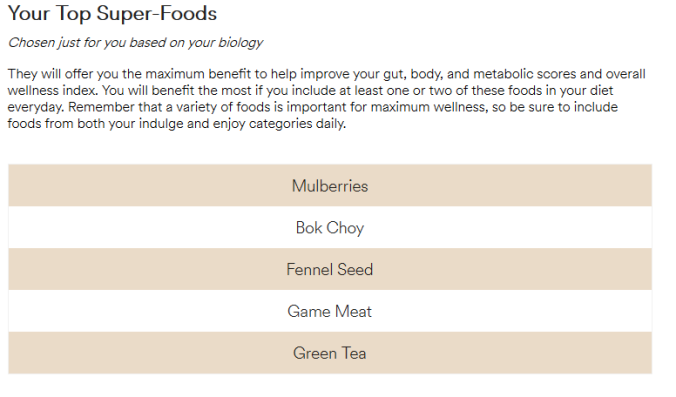
Most of these “Superfoods” I have not yet incorporated into my daily diet. It will be interesting to see the health effects once I implement more of these superfoods that are tailored to me.
Important Highlights for me:
- No starchy carbs whatsover! Limited complex-carbs.
- Zero sweeteners allowed.
- No fruits other than blueberries (indulge) and mulberries (indulge).
- A variety of non-starchy vegetables including cucumber and leafy greens are recommended.
- More protein, particularly from high quality animal sources.
- High-fat diet including animal fats, nuts&seeds, butter, ghee, and olive oil.
- Plenty of spices including cumin, cardamom, and fennel seed.
- Less alcohol and caffeine. I already know from my body that I am a poor metabolizer of both. Luckily Bulletproof coffee is lower in caffeine and seems to agree with me (especially blending in the butter and MCT).
- Less fermented foods and kombucha – interesting! I’ve already cut out kombucha from my diet due to the alcohol content.
These highlights sound like the basic outline of the Bulletproof Diet! I am very pleased that for the past 3 years I have followed this diet and have had amazing results. Based on these recommendations I am very reinforced continue my low-carb Bulletproof Diet with some of these great adjustments from Viome! I think Dave Asprey would be pleased too.
I see many Bulletproof and Keto folks being surprised that thier Viome recommendations include MORE carbohydrates. I would offer my opinion that they should be thankful that thier guts allow them the metabolic flexibility to choose different energy sources. I seem to be restricted in this sense. Luckily we are not locked-in to these recommendations for life, as our gut microbiomes can change rapidly with diet changes and over time. This is why Viome recommends a yearly test to get new results.
However, I do see an interesting opportunity here. Perhaps if I could market my gut bacteria in the form of FMT, I could offer people more microbes that love fat and protein and hate carbs! What do you think?
Thanks for reading!
-Andrew
